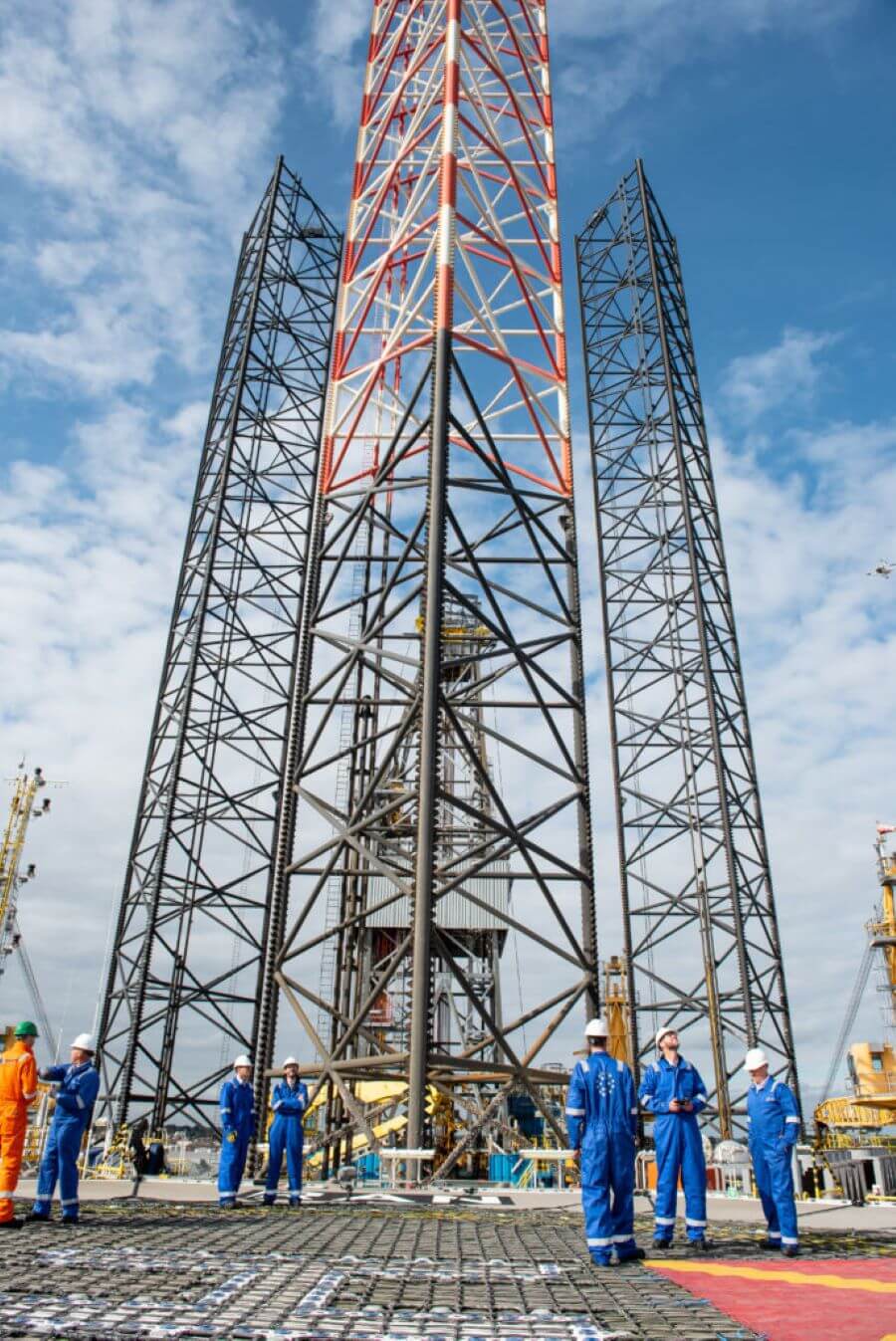
Why Green Hydrogen Heralds the Dawn of Offshore 3.0
By George Morrison, Director, Aquaterra Energy
Renewably produced green hydrogen could spur a sea-change in the offshore energy industry as seismic as the shift from offshore oil and gas to wind. Combining it with offshore wind could create a truly globalised hydrogen industry capable of moving production to the cheapest power sources and selling to the most lucrative markets to create a new offshore energy economy. It will offer secondary demand for surplus offshore wind when grid demand is low and a secondary source of hydrogen power to relieve pressure on the grid when demand is high.
Below we explain three reasons why advancements with green hydrogen mean we stand on the cusp of ‘Offshore 3.0.’
Opening the door to a global market
Green hydrogen opens a potentially global market for hydrogen power. In the UK, blue hydrogen, created through traditional carbon-intensive methods, then capturing and storing the carbon offshore, will be restricted to a few industrial hubs with legacy oil and gas infrastructure and a geology conducive to carbon storage. Instead, offshore green hydrogen projects can go wherever offshore wind projects can. This means the industry can follow the money, moving where production is cheapest and exporting wherever demand is greatest, so that local supply is no longer tethered to local demand. The oil industry has built an efficient global market this way, offering an established template to follow.
A new market for the offshore energy economy
Co-locating projects with offshore wind is a win-win for hydrogen and wind developers. It offers a way to maximise electrolyser production with minimal carbon intensity while creating a secondary source of demand for wind when prices are low. It would also create a new market for the offshore energy economy, from vessel owners to oilfield services companies.
State and industry support for is growing
The UK government’s new hydrogen strategy announces a ‘twin-track’ ambition to jointly develop blue and green hydrogen, while its Net Zero strategy pledges support for new offshore wind and green hydrogen. This is vital as future state support for clean hydrogen will be critical to help level the playing field with grey hydrogen.
Industry support is also growing with Brazilian developer Enterprize planning to power maritime hydrogen production and ammonia with gigawatt-scale offshore wind by 2030. Aurora Energy Research has identified over 200GW of global electrolyser capacity already under development.
One such industry initiative, called Project Haldane, will see a consortium of Aquaterra Energy, renewable hydrogen producer and supplier Lhyfe and jack-up drilling specialist Borr Drilling. It aims to produce enough energy to power 20,000 hydrogen cars for 500 miles. This industrial scale offshore green hydrogen production concept will deploy an electrolyser on a converted jack-up rig.
It shows how green hydrogen could benefit from a circular economy of offshore energy assets and skills recycled into renewable applications. Crucially, the project offers a microcosm of how offshore wind could slash production costs and help the industry reach a global market. Achieving this ambition will require not only state support but an unprecedented pooling of skills, services and resources across the entire offshore energy sector.
Want to know more about our offshore green hydrogen solutions? Get in touch today.